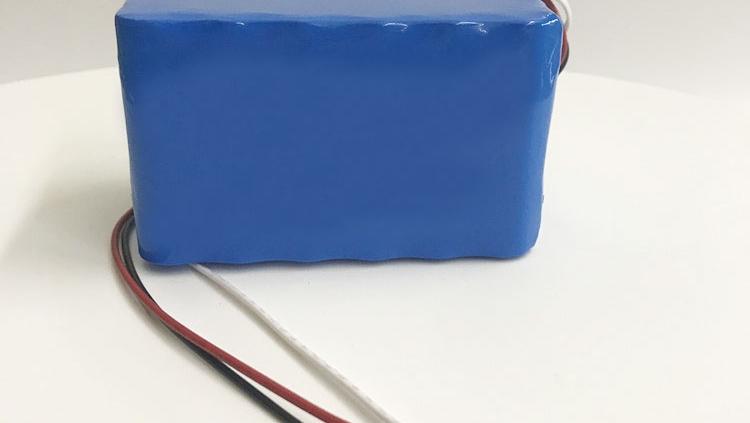The impact of moisture during the manufacturing process of lithium batteries
In the manufacturing process of li ion customized battery packs, there are three very critical items that must be strictly controlled: first, dust; second, metal particles; and third, moisture.
Failure to control dust and metal particles will directly lead to safety accidents such as internal short circuits and fires in the battery; and if moisture is not effectively controlled, it will also cause great harm to battery performance and lead to serious quality accidents!
Therefore, it is very critical to control the water content of main materials such as pole pieces, diaphragms, and electrolytes in the manufacturing process. We must not relax at all and must always work hard!
The following is a detailed explanation from three aspects: the harm of moisture to lithium batteries, the source of moisture in the manufacturing process, and the control of moisture in the manufacturing process.
-
The harm of moisture to li ion customized battery packs
-
Battery bulges and leaks
If there is too much moisture in the lithium-ion battery, it will react chemically with the lithium salt in the electrolyte to generate HF:
H2O + LiPF6 → POF3 + LiF + 2HF
Hydrofluoric acid (HF) is a very corrosive acid that is very destructive to battery performance:
HF will corrode the metal parts, battery casing, and seals inside the battery, causing the battery to eventually break and leak.
HF will destroy the SEI film (Solid-Electrolyte-Interface in English) inside the battery and will react with the main components of the SEI film:
ROCO2Li + HF → ROCO2H + LiF
Li2CO3 + 2HF → H2CO3 + 2LiF
Finally, LiF precipitates inside the battery, causing lithium ions to undergo an irreversible chemical reaction on the negative electrode of the battery, consuming active lithium ions and reducing the energy of the battery.
When there is enough water, a lot of gas will be produced, and the pressure inside the battery will increase, causing the battery to deform due to stress, leading to dangers such as battery swelling and leakage.
Most of the bulging batteries and open covers of mobile phones or digital electronic products encountered during use on the market are caused by high moisture inside the lithium battery and gas production.

-
The internal resistance of the li ion customized battery packs increases
The internal resistance of the battery is one of the most important performance parameters of the battery. It is the main indicator of the difficulty of transmitting ions and electrons inside the battery, and directly affects the cycle life and operating status of the battery. The smaller the internal resistance, the better the battery is when it is discharged. The less voltage it takes up, the more energy it outputs.
When the water content increases, POF3 and LiF will precipitate on the surface of the battery’s SEI membrane (Solid-Electrolyte-Interface), destroying the density and uniformity of the SEI membrane, causing the internal resistance of the battery to gradually increase., the battery’s discharge capacity continues to decrease.
-
Reduced cycle life
Excessive water content destroys the SEI film of the battery, the internal resistance gradually increases, the discharge capacity of the battery becomes smaller and smaller, the battery usage time becomes shorter and shorter after each full charge, and the number of charges and discharges that the battery can be used normally (Cycles) will naturally become less, and the battery life (life) will also be shortened.
If you have any question, please feel free to contact us:
- Name: Dawn Zeng (Director)
- E-mail address: sales@himaxelectronics.com



